Not many wine consumers are aware that Uruguay is a wine-producing country. In fact, it is the fourth-largest wine producer in South America. Although its production is only around 4% of the entire continent, this is impressive when you consider how small Uruguay is compared to its neighbours Argentina and Brazil.
Uruguay is a small country with some 3.5 million people, the majority descendants of European immigrants from the 19th century who brought with them grape vines and wine culture. Not surprisingly, most Uruguayan wine is consumed in the domestic market – as a matter of fact, Uruguayans consume the most wine per capita outside Europe!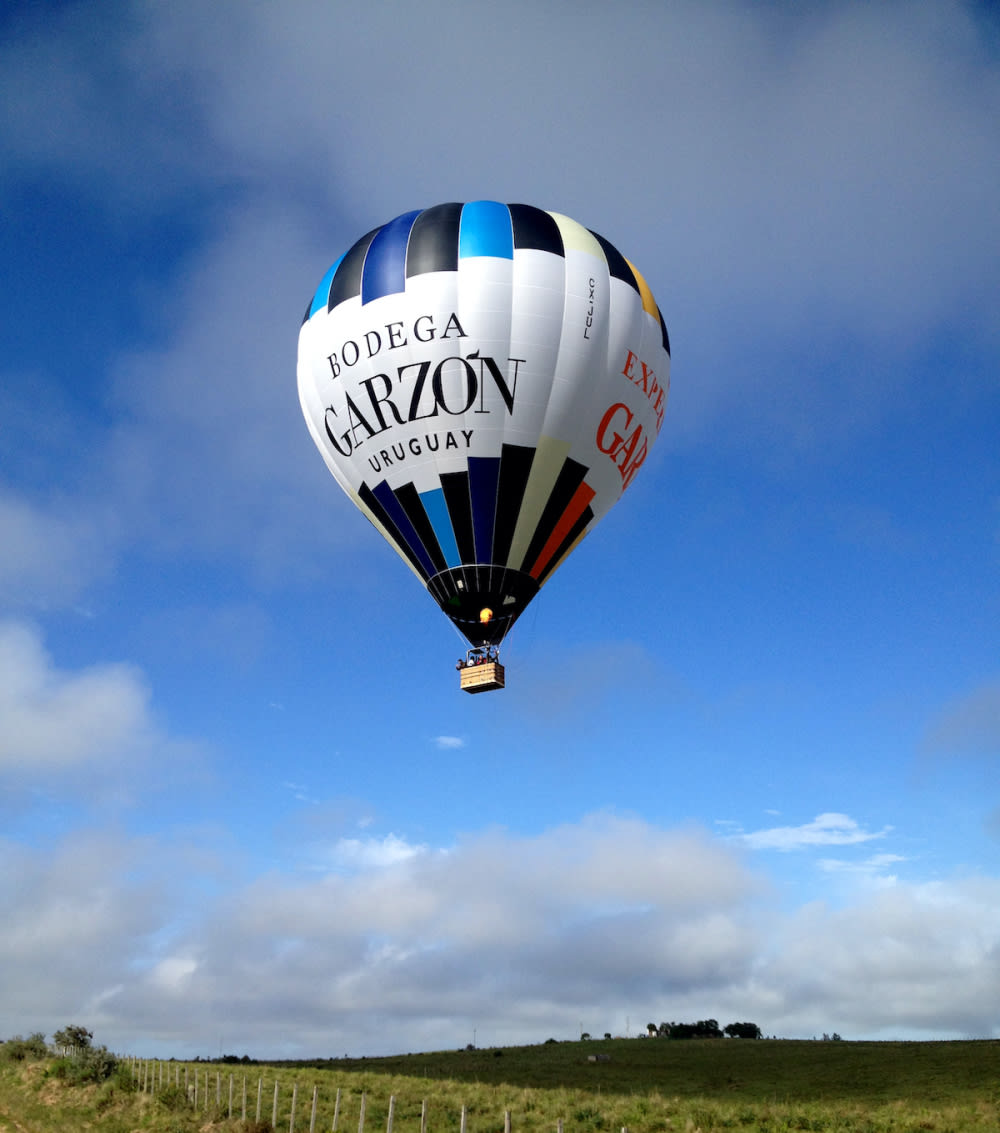
With such history and background, I believe Uruguayan wine must achieve a certain quality standard and so was eager to try Bodega Garzón wine. The winery’s managing director, Christian Wylie, was recently in town to introduce the latest Balasto vintage, 2017. Balasto is Garzón’s flagship wine, and we were treated to a vertical tasting of all its vintages: 2015, 2016 and 2017.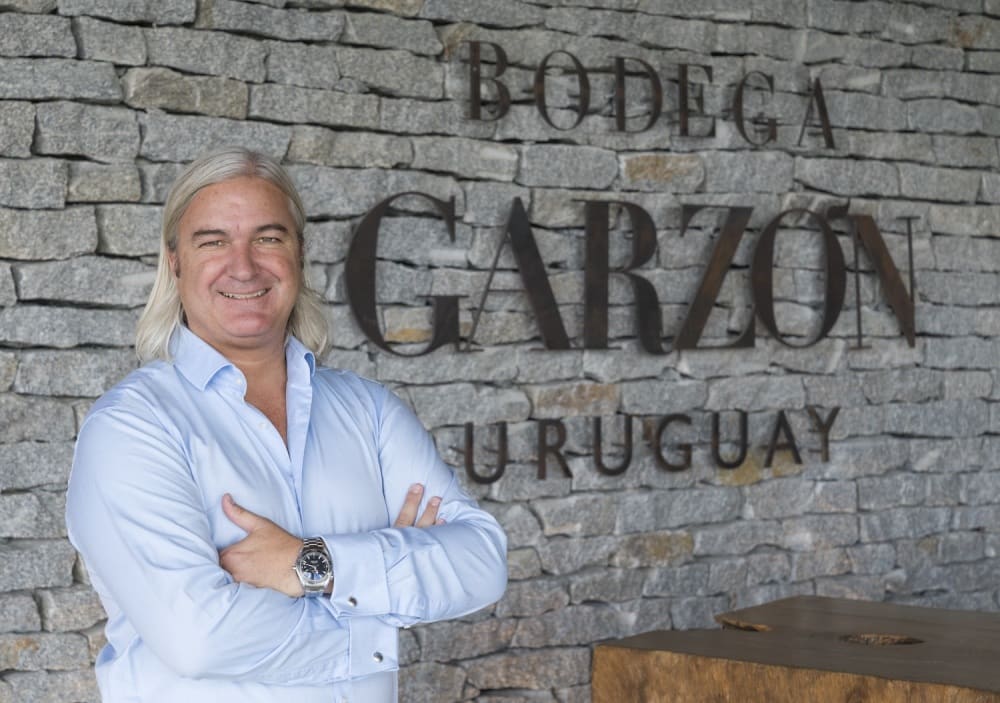
Balasto means “granitic soil” in Spanish. The granite at Garzón, the oldest in the world, eroded through millions of years of geological processes to become ballast soil, which provides excellent drainage and minerals to the vines that grow on it. Alberto Antonini, Garzón winemaking consultant, said that the soil gives the wine energy and tension.
Garzón’s location, at 160m above sea level and only 18km from the Atlantic coast, is blessed by a sea breeze that cools down the daytime temperatures, allowing the grapes to slowly ripen in order to develop their flavours and retain their natural acidity. The vineyard is made up of more than 1,000 blocks that are picked and vinified separately to maintain their own identity.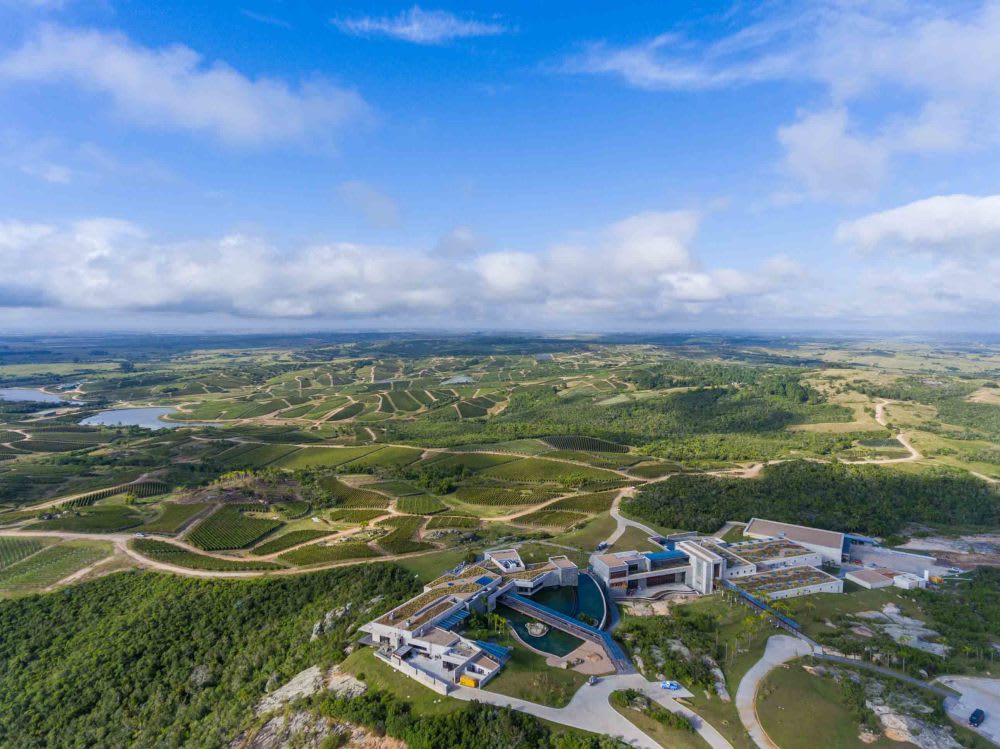
Winemaking is never without challenges. Wylie said that the biggest challenge by far is the shortage of skilled labour. Closest to Garzón are seaside towns Punta del Este, La Barra and José Ignacio, where the people have little experience working the land. The second challenge is rainfall – 200mm more than Bordeaux at 1,400mm per year. Even so, they overcome these challenges by planting varieties in the right places with suitable canopy management.
The philosophy of winemaking at Garzón is to let the wine speak. Wylie explained that there are five “nos” at Garzón: no chemicals in the vineyards, no overripe grapes, no overextraction at the winery, no overoaking of the wine and no overwinemaking. The winery uses concrete tanks, big barrels and casks with no toast to make sure the sense of place is not hidden.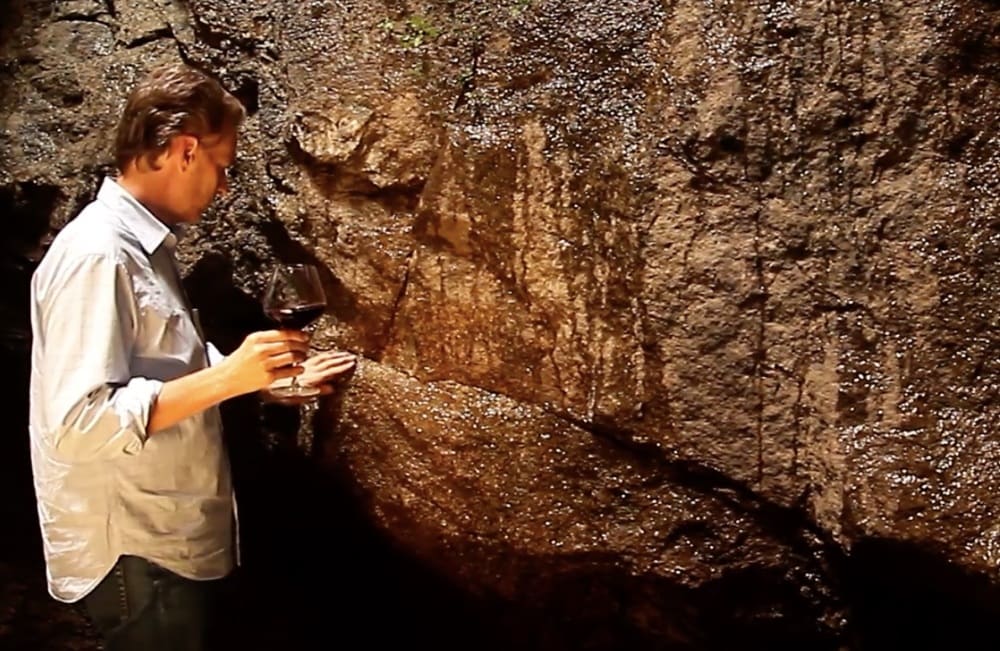
Balasto is a blend of Tannat (40–50%), Cabernet Franc, Petit Verdot and Marselan. The 2015 and 2016 vintages have slightly different ratios, while the 2017 vintage replaced Petit Verdot with Merlot. The maiden vintage of 2015 was launched in Bordeaux, London and Vinexpo Hong Kong in 2017 with much fanfare and approval from international wine critics.
All three vintages have their own merits, but we were asked to pick our favourite. I prefer the 2016 vintage, which is fresh and has a nice structure, but Wylie surprised us by picking 2018, which is not even blended yet! He said that the individual components are just amazing. Well, we have to wait until next year to give our verdict...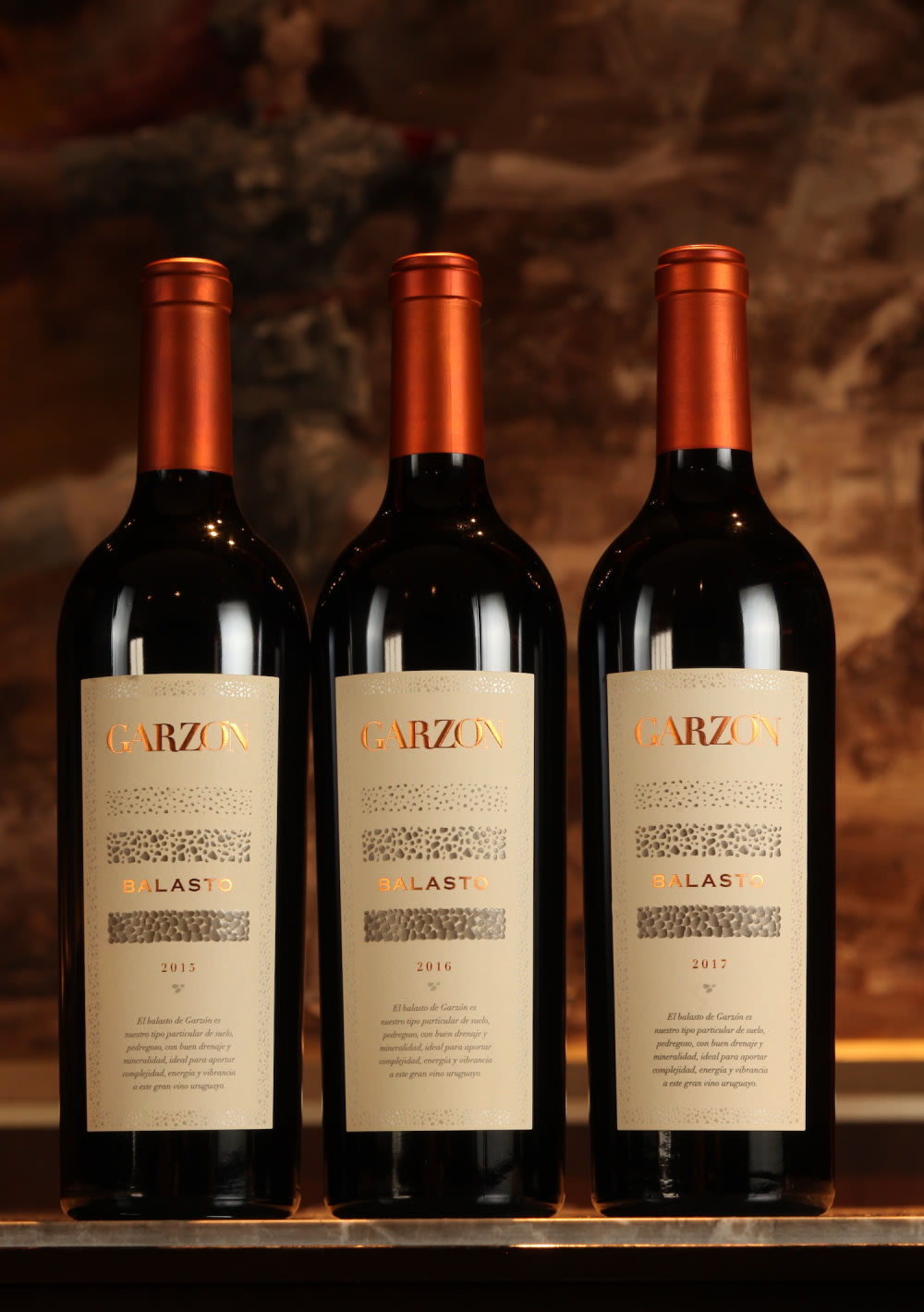
In addition to Balasto, Garzón makes a wide range of wine, from sparkling, to white and rosé, to red and even late harvest.
Garzón wines are available in Hong Kong at EMW.
For more wine articles like this, like Foodie on Facebook











